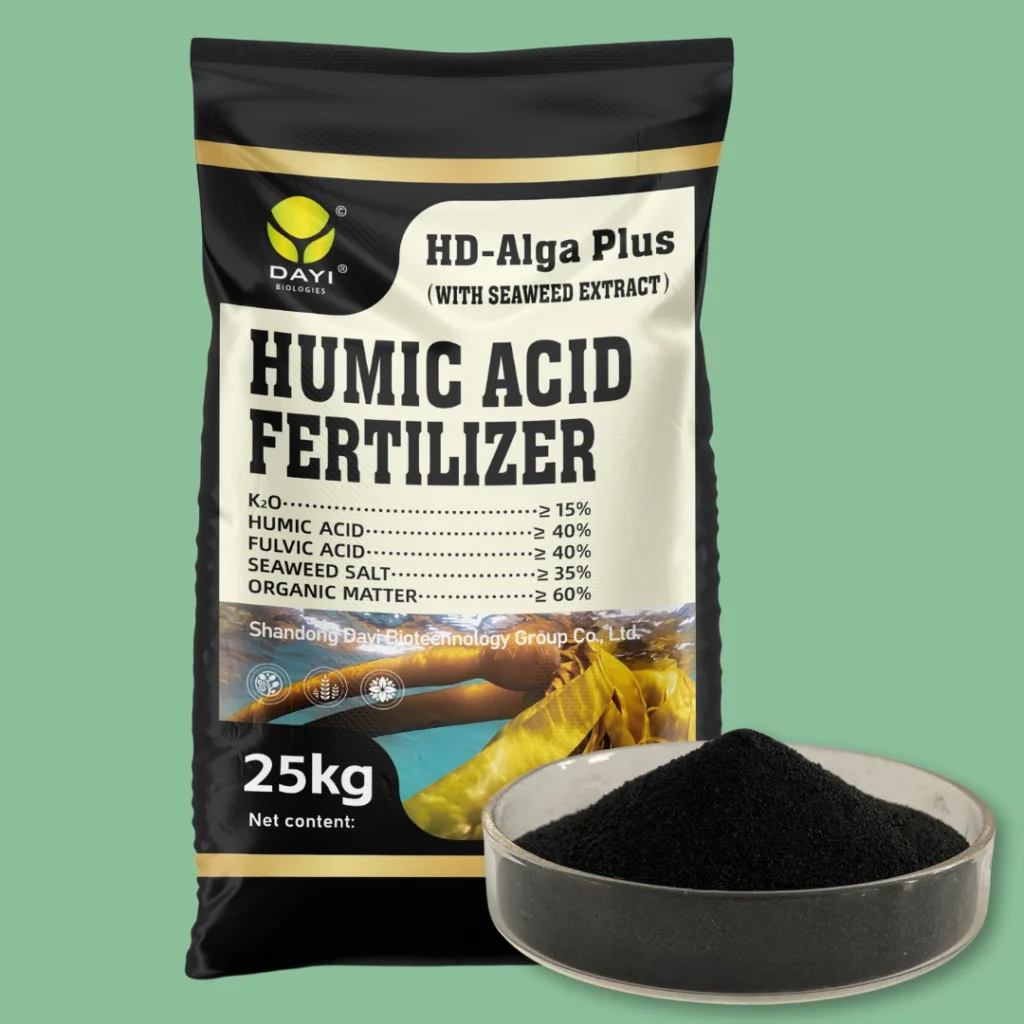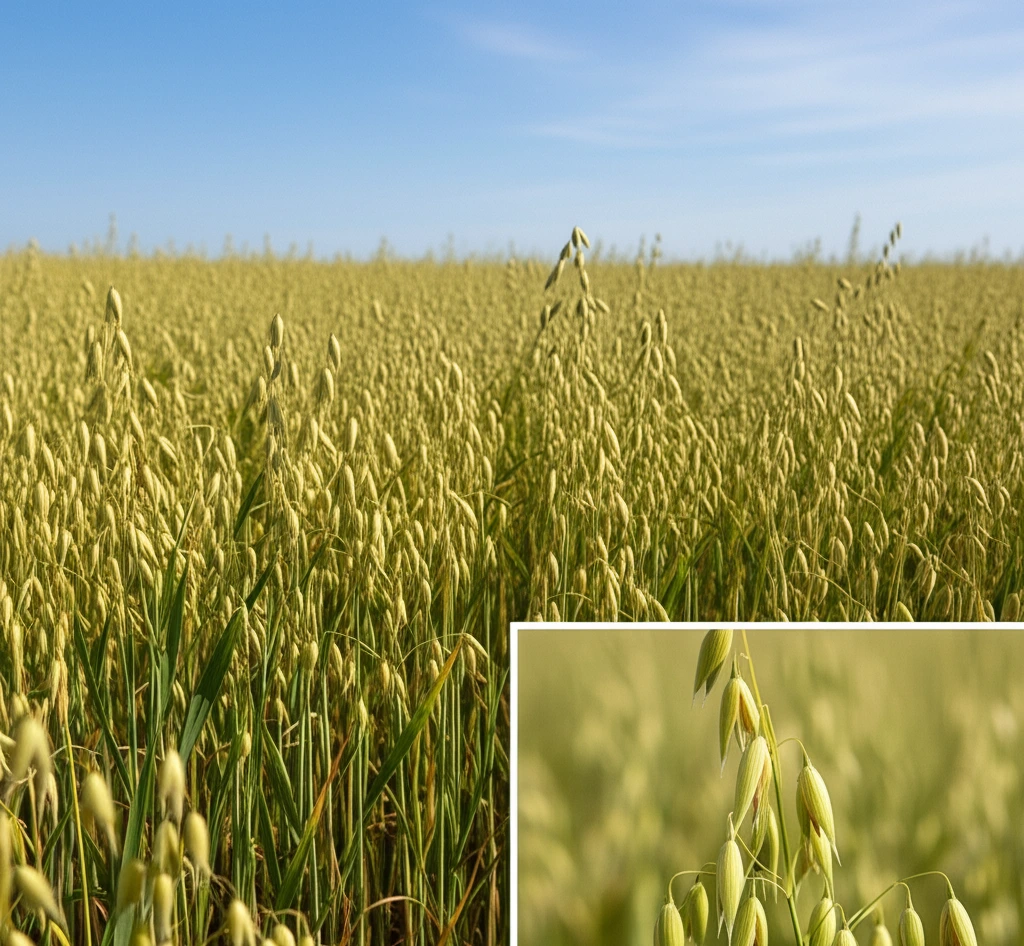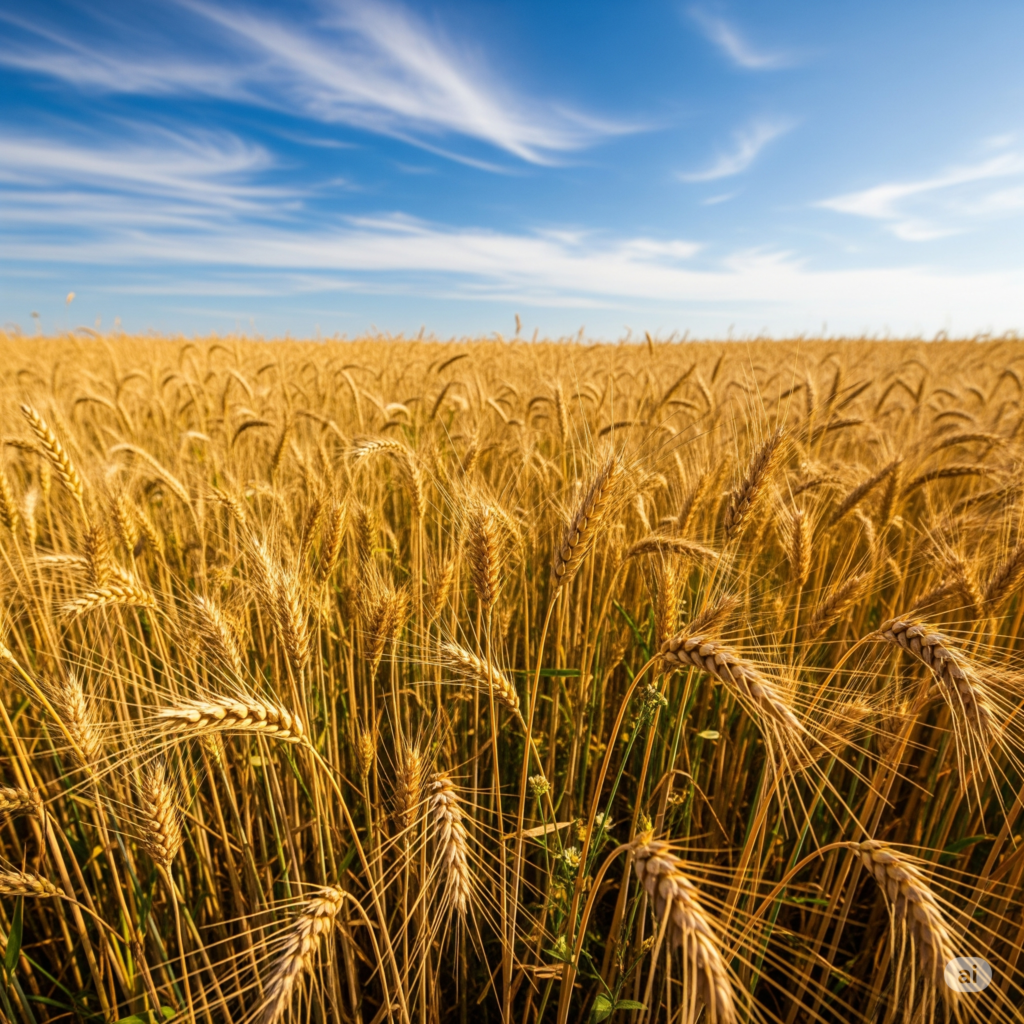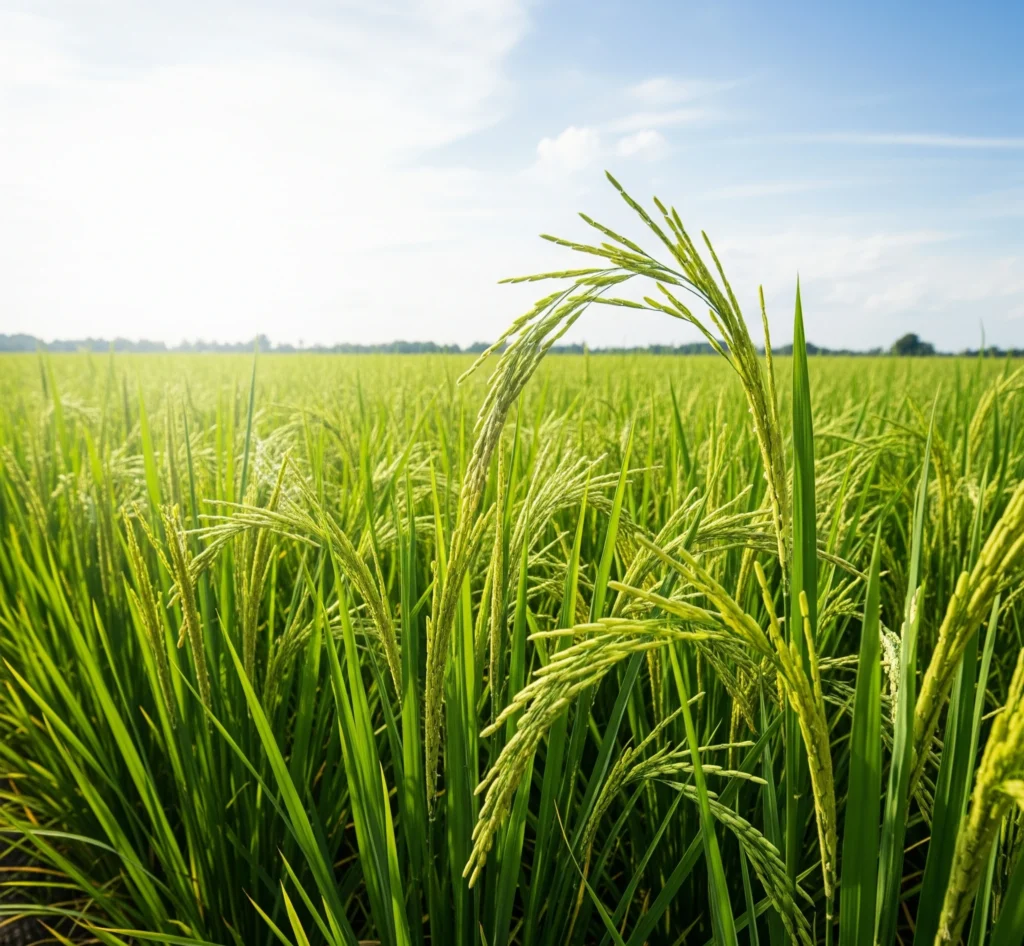Oats, a versatile and nutritious cereal grain, have been a staple in agriculture for centuries, renowned for their hardiness and health benefits. Beyond their popularity in human diets as oatmeal and granola, oats are a vital feed crop for livestock and play an increasingly important role as a cover crop for soil health. Cultivating thriving oat fields means understanding their specific needs and implementing smart agricultural practices. This comprehensive guide will equip you with the essential knowledge for growing healthy oats, covering optimal conditions, protection strategies, general care, and how advanced nutrition can elevate your yields.
Understanding Oats: The Hardy and Healthy Grain
Oats (Avena sativa) are a cool-season cereal grain known for their nutritional value, particularly their high content of soluble fiber (beta-glucan), which is beneficial for heart health. They are generally less demanding on soil fertility compared to other cereals like wheat or corn, making them a valuable crop for diversified farming systems. Oats typically mature faster than wheat or barley when planted in the spring.
Cultivation Essentials: Laying the Foundation for Success
- Best Planting Time:
- Spring Oats: The most common type cultivated. Plant as early as possible in spring (March to April in the Northern Hemisphere), as soon as the soil is workable. Early planting is critical to ensure oats complete their growth and grain fill before the onset of summer heat, which can severely reduce yield and quality.
- Winter Oats: Less common due to lower cold tolerance than winter wheat or barley. Suitable only for milder climates, typically planted in late August to September in the Northern Hemisphere.
- Suitable Soil and Weather Conditions:
- Soil: Oats are remarkably adaptable to a wide range of soil types, from sandy loams to heavier clays, but they thrive best in well-drained loam to clay-loam soils with good organic matter content. They are more tolerant of slightly acidic soils than wheat or barley, with an optimal pH range of 5.0 to 7.0. Good drainage is important to prevent waterlogging.
- Weather:
- Oats are a cool-season crop, performing best in regions with cool to moderate temperatures.
- They are more tolerant of cooler conditions and higher moisture levels than most other cereal grains.
- Optimal growth temperatures typically range between 15∘C to 21∘C (59-70°F).
- High temperatures (above 27∘C or 80°F) during heading and grain filling can significantly reduce yield and quality.
- A frost-free period of approximately 90 to 120 days is generally required for maturity.
- General Precautions for Healthy Growth:
- Timely Planting: Avoid planting spring oats too late, as heat stress during reproductive stages is a major yield reducer.
- Drainage: Ensure adequate soil drainage to prevent waterlogging, which can negatively impact root health.
- Crop Rotation: Implement proper crop rotation to break disease cycles and manage soil nutrient levels.
- Weed Management: Control weeds, especially in the early stages, as they compete directly with oats for vital resources.
Protecting Your Oats: Threats and Strategies
Oats, like other crops, can be affected by various pests and diseases. Proactive management strategies are essential for a successful harvest.
- Pests:
- Aphids: Can transmit Barley Yellow Dwarf Virus (BYDV) and cause direct feeding damage.
- Cereal Leaf Beetle: Larvae feed on leaves, leading to reduced photosynthesis.
- Armyworms: Can cause significant defoliation during outbreaks.
- Protection: Use oat varieties with resistance to common pests, implement timely planting to avoid peak pest cycles, encourage natural predators, and apply targeted insecticides only when monitoring indicates economic thresholds are met.
- Diseases (Primarily Fungal):
- Crown Rust: (Most common) Appears as orange pustules on leaves, causing premature senescence.
- Stem Rust: Reddish-brown pustules on stems and leaves, potentially causing severe lodging.
- Powdery Mildew: White, powdery growth on leaves and stems.
- Smuts (Loose Smut, Covered Smut): Replace grain kernels with black spore masses.
- Protection: Plant disease-resistant oat varieties, use fungicidal seed treatments, practice good crop rotation, manage crop residue, and apply foliar fungicides preventatively or at early signs of infection if warranted.
- Viral Diseases:
- Barley Yellow Dwarf Virus (BYDV): Transmitted by aphids, causing yellowing, reddening, and stunting of plants.
- Protection: Plant BYDV-resistant oat varieties and control aphid populations in the field and surrounding areas.
General Care for Thriving Oats
- Nutrient Management: While oats have a moderate nitrogen requirement (lower than wheat or corn), balanced nutrition is still vital. Conduct soil tests to determine the precise needs for Nitrogen (N), Phosphorus (P), and Potassium (K), as well as any necessary micronutrients. Apply fertilizers based on soil test recommendations.
- Water Management: Oats generally have good drought tolerance due to their fibrous root system, but consistent moisture is crucial, especially during the heading and grain fill stages, to maximize yield and quality. Avoid prolonged dry periods during these critical phases.
- Weed Control: Effective weed management during the early growth stages of oats is paramount. Weeds compete for nutrients, water, and sunlight, reducing overall yield. Employ an integrated strategy that includes cultural practices (e.g., proper seeding rates, competitive varieties), mechanical cultivation, and judicious use of selective herbicides.
- Monitoring: Regular field inspections are essential for early detection of any nutrient deficiencies, pest infestations, or disease symptoms. Prompt identification allows for timely and effective intervention, preventing widespread damage.
- Harvesting: Harvest oats when the grain is physiologically mature and the moisture content is optimal (typically 13-14%). Timely harvest minimizes losses from shattering and ensures the quality of the harvested grain for storage or processing.
Best Countries for Oat Cultivation: Oats are widely cultivated in cooler climates across the globe. Leading producers include:
- Russia
- Canada
- United States
- Australia
- Poland
- Finland
- Sweden
- United Kingdom
- Brazil
- Spain
Dayi’s Solution: Optimizing Oat Nutrition with Humic Acid + Seaweed Extract
At Shandong Dayi Biotechnology Group Co., Ltd., we are dedicated to helping farmers grow robust and productive oat crops. Our Humic Acid Fertilizer (With Seaweed Extract) offers a powerful nutritional boost that directly supports oat health and yield. The humic acid component significantly improves soil structure, enhancing its capacity to retain water and making essential nutrients more available to the oat plants across a wide range of soil types, which is beneficial for oats’ adaptability. It also stimulates beneficial microbial activity in the soil, fostering a vigorous root system that efficiently scavenges for nutrients and water. Complementing this, the seaweed extract delivers a rich blend of natural plant growth hormones (auxins, cytokinins, gibberellins), vital trace minerals, and amino acids. These bioactive compounds stimulate overall plant vigor, improve resilience to environmental stresses like cool spring conditions or mild drought, enhance tillering, and contribute to the development of fuller, healthier panicles. The synergistic action of these ingredients ensures that oat plants develop into stronger, more resilient crops, utilize nutrients and water with superior efficiency, and exhibit enhanced growth, ultimately leading to significantly higher yields of top-quality oats.
Leveraging our advanced “Microbial+” technology and unwavering commitment to sustainable solutions, Shandong Dayi Biotechnology Group Co., Ltd. is at the forefront of innovation in plant protection, empowering farmers to achieve more bountiful and healthy harvests.




